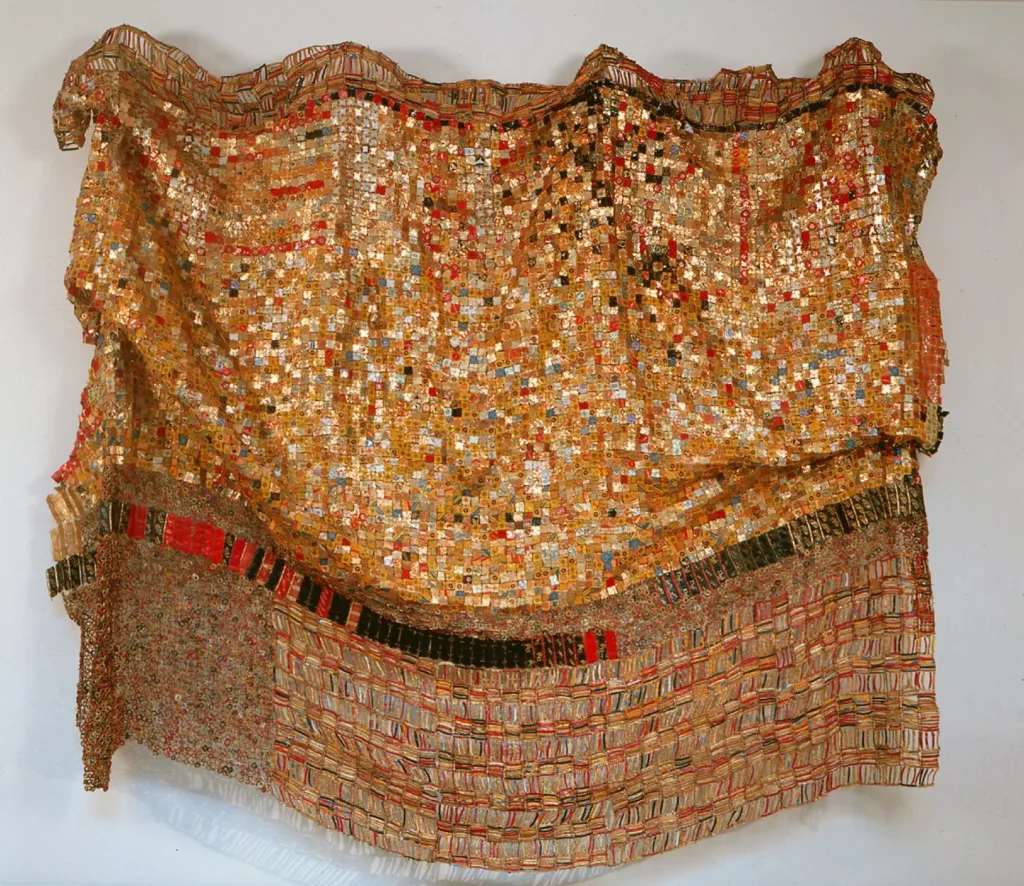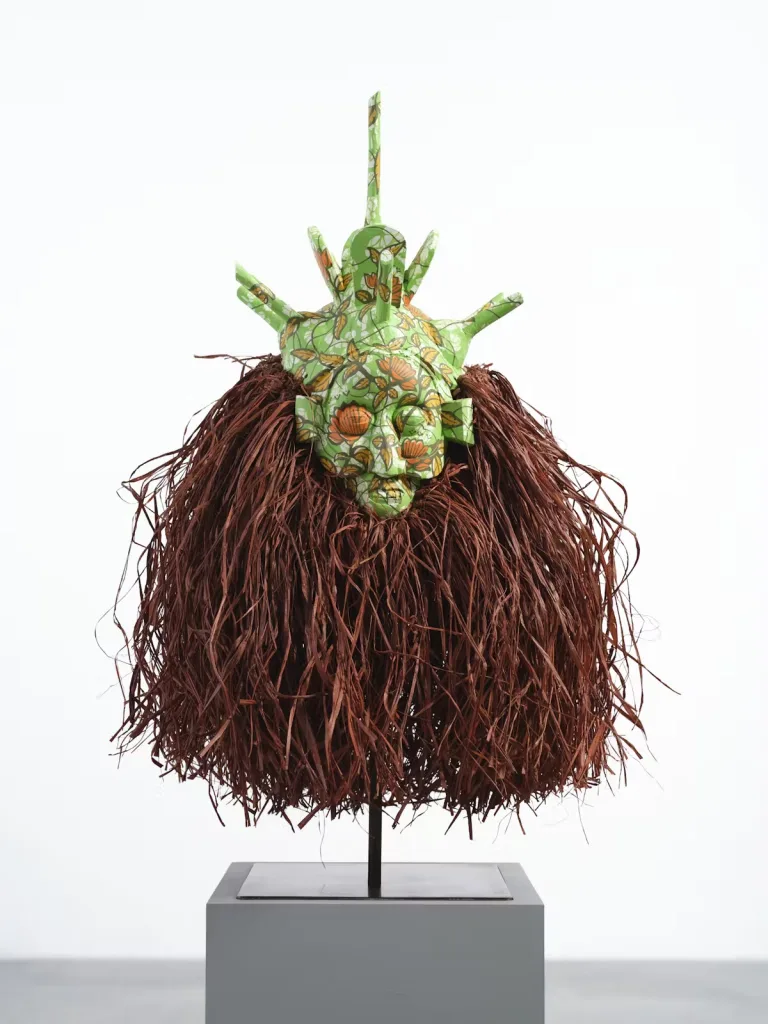African art is captivating the global art world like never before, drawing attention for its incredible diversity, rich cultural narratives, and growing investment potential. For many collectors, the appeal goes beyond aesthetics—it’s about connecting with the stories and heritage that each piece represents. However, starting an African art collection can feel overwhelming without a clear understanding of the market and its nuances. This guide is designed to help you build a collection that reflects your personal vision while honoring the depth and significance of African art traditions.
- Understand the Landscape : African art encompasses a wide range of styles, mediums, and traditions—from ancient sculptures to contemporary mixed-media works. Begin by familiarizing yourself with different regions, art movements, and notable artists such as El Anatsui, Yinka Shonibare, or Zanele Muholi. Explore art fairs, exhibitions, and galleries dedicated to African art to gain insights into current trends.

2. Define Your Goals
What drives your interest in collecting African art? Whether your goal is aesthetic enjoyment, cultural preservation, or investment, clarity on your objectives will help shape your portfolio. A collector focused on investment might prioritize established artists, while a cultural enthusiast might explore lesser-known works that tell unique stories.
3. Build Relationships with Experts
Engage with curators, art advisors, gallerists, and auction houses specializing in African art. Establishing a network ensures access to trusted sources and valuable advice. Visiting renowned institutions such as the Norval Foundation in South Africa, Zeitz MOCCA , Raw Material Company in Senegal or participating in events like ART X Lagos, FNB Art Joburg, Biennale de Dakar can deepen your understanding.

4. Diversify Your Collection
Avoid focusing solely on one medium or region. African art spans traditional masks, textiles, photography, and cutting-edge contemporary pieces. A diverse portfolio not only minimizes risk but also showcases the breadth of African artistic innovation.

5. Support Emerging Artists
While established artists can anchor your collection, consider investing in emerging talents. Supporting young or underrepresented artists not only aligns with ethical collecting practices but also introduces fresh perspectives into your portfolio.
6. Understand the Market Value
Track auction records, gallery prices, and trends to understand the market dynamics of African art. Platforms like ArtNet or Sotheby’s African art sales provide insights into pricing. However, remember that intrinsic cultural and emotional value often outweighs monetary considerations.
7. Prioritize Provenance
Provenance is critical in African art due to historical issues of looting and misattribution. Verify the authenticity and origin of any piece you consider purchasing. Request detailed documentation, including certificates of authenticity, prior ownership records, and exhibition history.
8. Stay Educated and Adaptable
The African art market is constantly evolving, with new trends, artists, and movements emerging regularly. Stay informed by reading books, art journals, and scholarly articles focused on African art. Follow reputable online platforms, regularly attend talks, panel discussions, and artist studio visits to deepen your knowledge. Adaptability is key—be open to exploring new styles and regions as your understanding grows.
9. Maintain and Insure Your Collection
Proper conservation is essential to preserving the integrity of your collection. Store works in climate-controlled environments and seek professional restoration for damaged pieces. Additionally, insuring your collection protects it against unforeseen risks.
Building an African art portfolio is more than just collecting pieces for aesthetic or financial value, it’s about engaging with the rich stories, cultures, and histories that each work represents. As you navigate this journey, take the time to learn, connect, and reflect. Whether you’re investing in a renowned artist or discovering an emerging talent, every acquisition becomes part of a larger narrative that celebrates Africa’s artistic legacy. With patience, curiosity, and a commitment to ethical collecting, you can create a collection that’s not only valuable but deeply meaningful.


